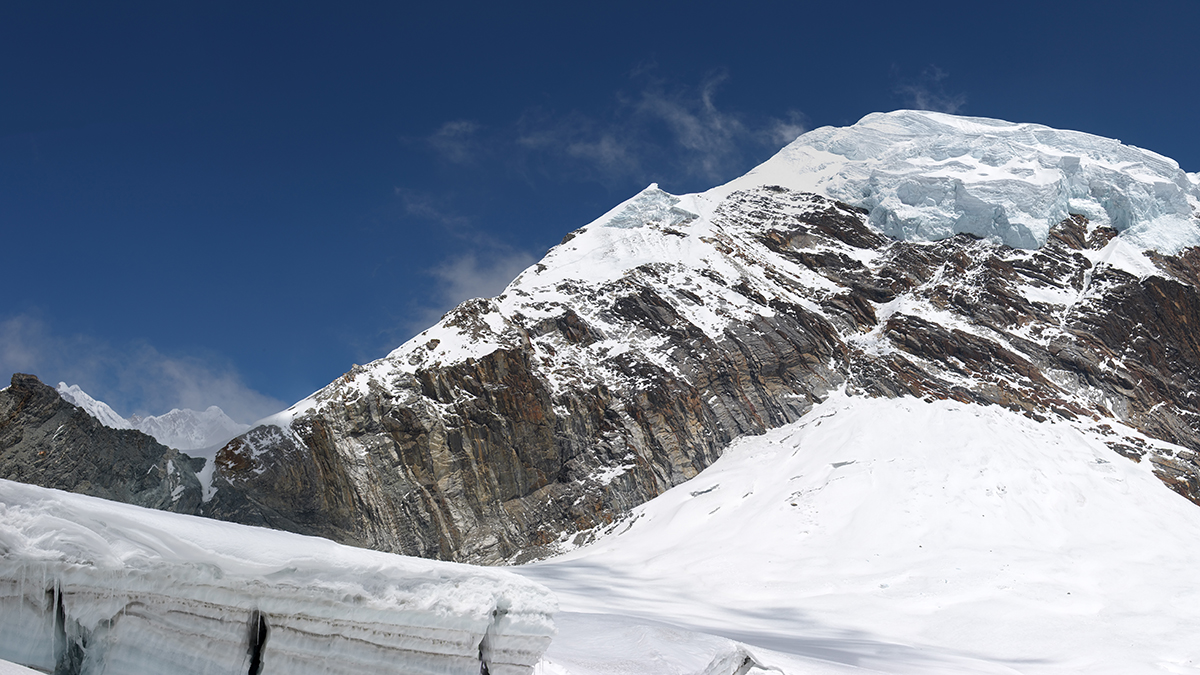Light-absorbing particles amplify the seasonal snow melt in the Indian Himalaya

Using two snow seasons of in situ automatic weather station data, the complex parameters and processes affecting snow albedo were broken down to depend on ambient temperature and snow depth change. Together with an assumed constant concentration of light-absorbing particles (LAP) in snow precipitation, the snow albedo variations were well emulated for the study site.
With that in place, the influence of deposited LAP on the absorbed energy in the snow were explored, indicating that it influences the absorbed short wave radiation at rather low concentrations. At the same time, it was shown that the absorbed energy is not so sensitive to large changes in the deposition of the particulates.
Ultimately, the study highlights how LAP modulate the snow melt-out date by advancing in several days in a region where snowmelt is of especially importance, given the dependence for downstream areas.
Further information:
Researcher Jonas Svensson, Finnish Meteorological Institute, jonas.svensson@fmi.fi
Scientific article is available on Elementa.
Full citation of publication: Ström, J., Svensson, J., Honkanen, H., Asmi, E., Dkhar, N. B., Tayal, S., Sharma, V. P., Hooda, R., Meinander, O., Leppäranta, M., Jacobi, H.-W., Lihavainen, H., and Hyvärinen, A.: Snow albedo and its sensitivity to changes in deposited light-absorbing particles estimated from ambient temperature and snow depth observations at a high-altitude site in the Himalaya, Elementa: Science of the Anthropocene, 10, doi.org/10.1525/elementa.2021.00118.
